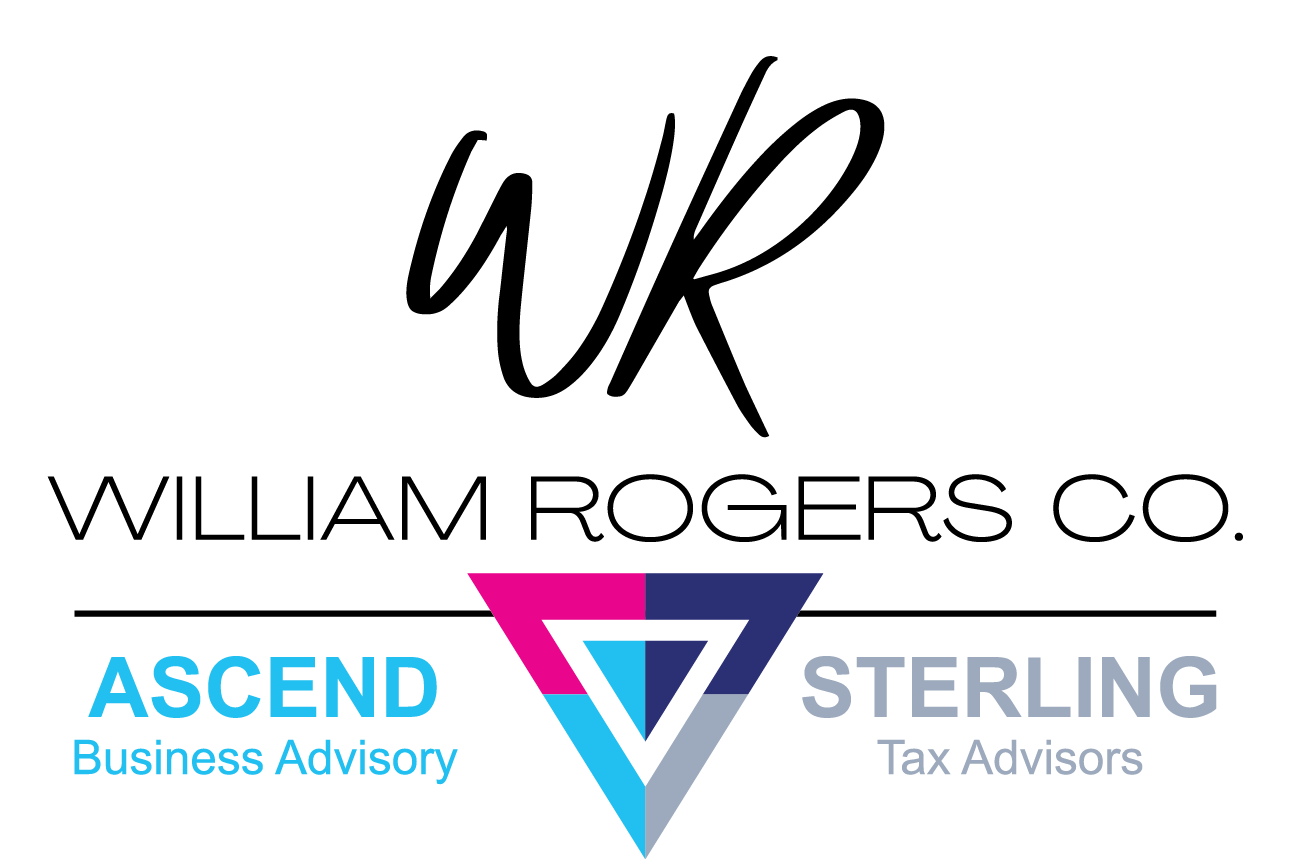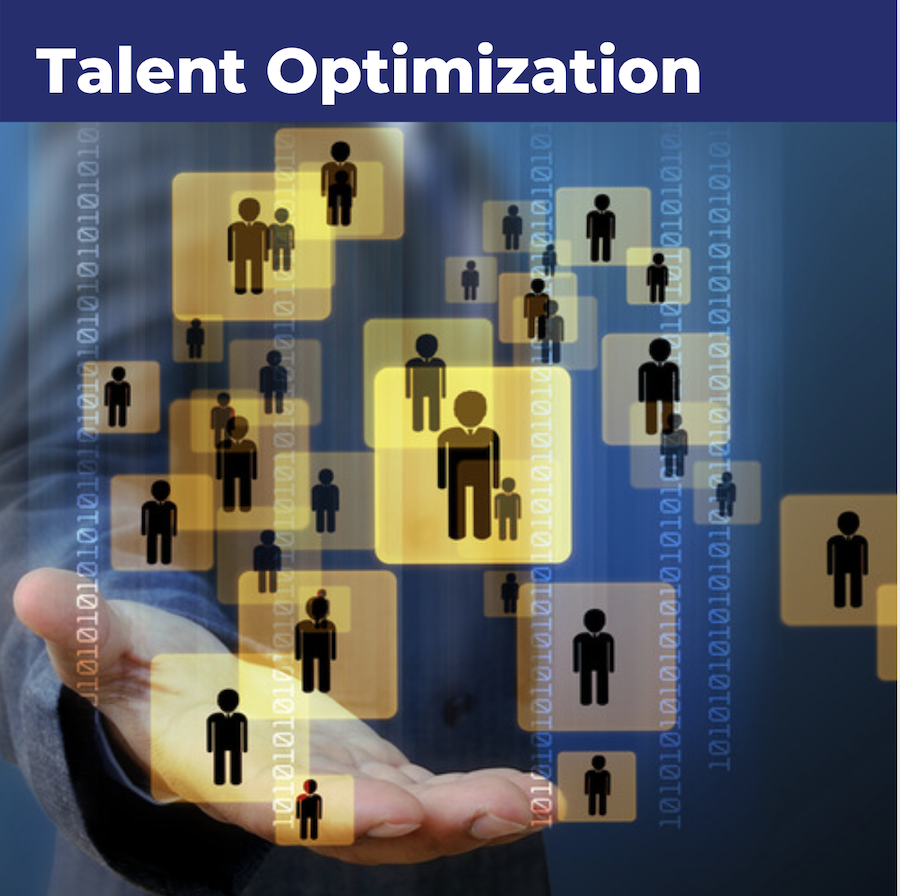If nothing else, this COVID pandemic has demonstrated the importance of effective employee teams in the success (even survival) of a business. Intentional or accidental talent optimization of first responders, particularly health care workers, resulted in incredible hours worked, effective response to workloads far beyond normal, even an eagerness to learn new skills to fill in staff shortages in other specialties. Many hospitals would not have survived as a business had it not been for the dedication demonstrated by their staff.
So, what is talent optimization? It is a data-driven discipline that ties the optimization of employees to company strategic planning. In general, it means having the right people in the right positions to achieve the goals of the company. Sounds simple. But the whole right talent/right job business is exceptionally complicated even though most businesses don’t know it. And because they don’t fully understand the complexities of talent optimization, many will fall short in achieving company strategic goals.
Benefits of Talent Optimization
Using employee data (people analytics) to gain statistical insights into productivity and profitability may seem a little Machiavellian, but it is a data-driven tool that can be used to get the right people in the right place. It can identify norms and variations from norms allowing a company to take data-backed action to:
- Reduce turnover and the associated costs of running short-handed.
- Speed up recruiting.
- Identify characteristics and culture most likely to work best in a team environment.
- Identify skills and traits of top performers and use them to mentor others.
- Increase productivity and revenue per employee.
- Quickly identify trends (both positive and negative) allowing management to reinforce or mitigate on a timely basis.
- Improve employee engagement which leads to better productivity.
- More accurately establish strategic goals based on a better understanding of employee talent.
And the list goes on. Mining personnel data can reveal interesting and useful information not only relating to employee talent, but to the effectiveness of company policies and procedures. Confused? Deloitte recently published the results of a survey that revealed only 9% of companies believe they have a good understanding of which talent dimensions drive performance in their organizations.
Why Talent Optimization For Your Business
So, at this point, you may be wondering if Talent Optimization is such a beneficial tool, why aren’t more companies using it. If fewer than 30% of 550 C-suite leaders interviewed by SHRM considered talent optimization in their planning of corporate strategies, why should you jump on board?
The short answer is it is profitable. The companies that did actively use this discipline outperformed the rest by an average of 35%. They each reported surviving four or more financial crises during this turbulent pandemic environment. Properly implemented, talent optimization can be a significant advantage over your competition.
When it comes to initiating talent optimization for the first time, a company is going to need outside assistance establishing processes to acquire people analytics (did we mention relational analytics). If you want to explore this game-changing discipline, contact the experts at ASCEND Business Advisory. We can further explain the process and share our ideas of how talent optimization can best be initiated for your organization.

